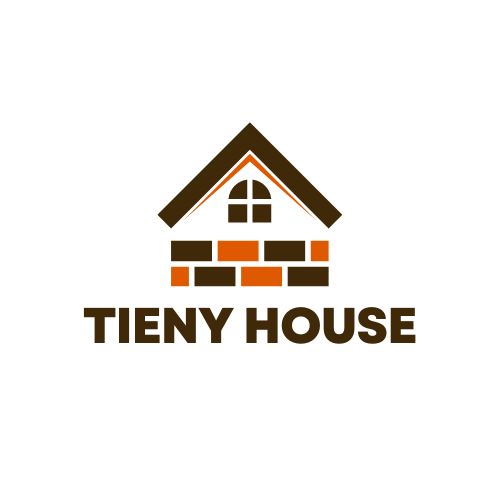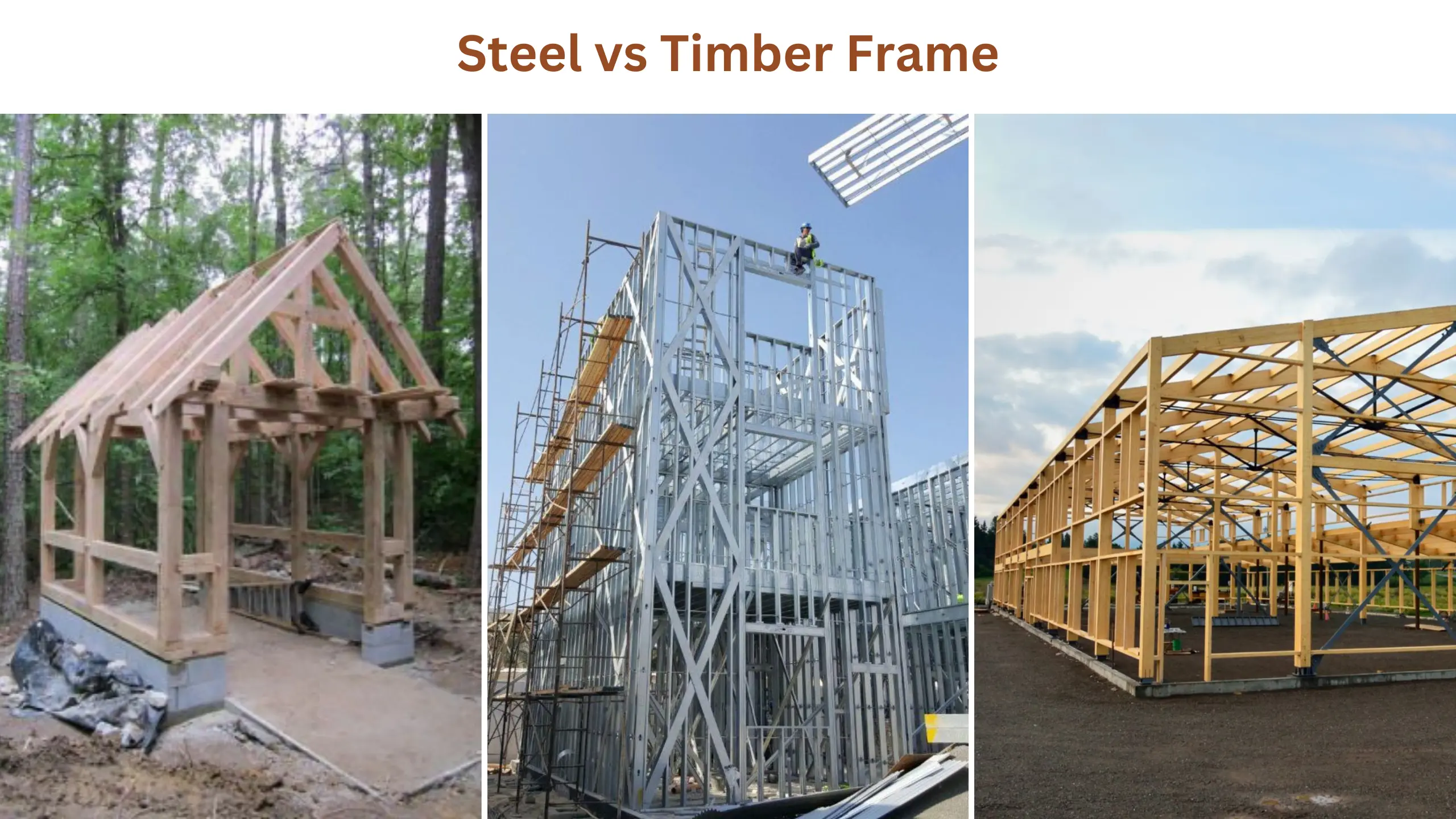Deciding Steel vs timber frame is crucial in determining the best material for constructing buildings. When planning a construction project, whether it’s a house or a store, selecting the right framing material is a major decision.
While personal preferences play a role, factors such as cost, flexibility, durability, and environmental impact must also be considered. For those seeking a cost-effective option, timber stands out as a favorable choice. Let’s delve into the comparison between steel and timber frames.
Table of Contents
ToggleCharacteristics of Steel Frame
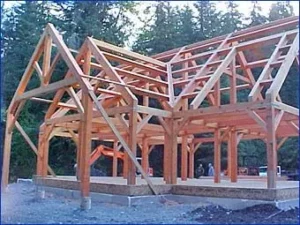
Steel structural framing comprises various horizontal and vertical elements, such as columns and beams, essential for supporting walls, floors, and roof fixtures. These components are typically measured, calculated, and manufactured in advance to minimize on-site construction time and reduce overall building costs.
This material is known for its strength, durability, sustainability, and suitability for a wide range of commercial, residential, and industrial buildings, whether low-rise or high-rise.
Characteristics of Timber Frame
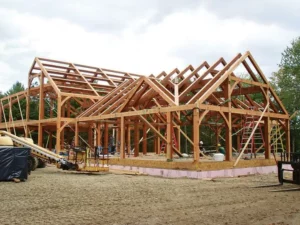
Timber has been used in construction for a long time, going back to ancient civilizations like those in the United Kingdom and Northern Europe. Today, most American homes, about 90%, are built using wood. Timber framing methods have improved over time to make them stronger for modern buildings.
Timber frames usually have strong parts that hold weight, like mortise and tenon joints, held together with wooden pegs. Some timber parts, like roof trusses and stud walls, are made away from the site and then put together later to save time.
Why You Should Choose Timber Frame
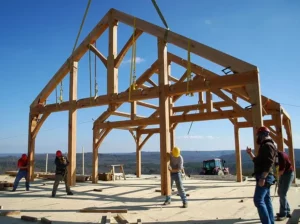
Enhanced Insulation and Energy Efficiency: Timber frames excel in energy efficiency due to their natural insulation properties, reducing the need for additional insulation materials in walls, floors, doors, and windows. This reduces overall energy consumption and increases efficiency.
Timber-framed buildings retain heat in winter and cool air in summer, thanks to insulated panels with air pockets that reduce thermal conductivity.
On the other hand, steel, being a good thermal conductor, diminishes insulation properties by more than 60%, leading to increased energy usage. Additional materials are needed to counteract steel’s thermal conductivity.
Environmentally Friendly: Timber frames are made from natural materials, free from toxins found in manufactured materials. This makes them safer to handle and reduces harmful emissions. They also require less energy for assembly compared to steel or concrete frames.
Many countries, including the United States, have policies to replenish trees, making timber a renewable resource. Timber frames also store carbon, reducing carbon emissions and promoting eco-friendliness.
Versatile Design Choices: Timber is an incredibly adaptable material that offers numerous possibilities in construction due to its unique structural and physical properties. Its flexibility allows for customization according to the design of your building.
Since timber frames don’t rely on a platform and load-bearing walls, you have the freedom to design without walls, creating open and innovative concepts such as post and beam construction.
Simple Installation: Constructing with wooden frames is straightforward using basic tools because timber is lightweight and flexible. Unlike steel frames, timber frames can be adjusted during construction, eliminating the need for offsite prefabrication.
However, steel frames require precise measurements by contractors. Any inaccuracies could cause significant delays and extra costs.
Why You Should Choose Steel Frame
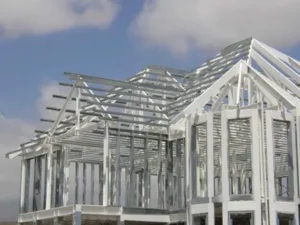
Environmental Responsibility: Selecting steel house framing shows a dedication to caring for the environment. Steel uses fewer natural resources because it can be recycled and reused, reducing its impact on the environment. Steel is also the most recycled material globally.
Material Longevity: Steel house framing lasts longer because it doesn’t rust, rot, or degrade like traditional frames. It’s also safe from termites, which are a common issue with wooden frames.
Fire Safety: Steel framing is safer in fires because it doesn’t burn. This means fires don’t spread quickly, protecting the inside of buildings.
Cost-effectiveness: Despite its high quality and durability, steel house framing is affordable. It can increase property value and is popular among builders for its benefits.
Aesthetic Versatility: Steel framing offers diverse design options for homes or buildings. It allows for larger open-plan designs and can create unique and personalized spaces. Additionally, advanced manufacturing technology enables creative aesthetics that go beyond the limitations of wooden framing.
Steel vs Timber Frame Pros and Cons
Pros of Steel Frame
- Steel doesn’t warp, rot, or attract pests like wood does, ensuring long-lasting stability for your home.
- Despite higher initial costs, steel-framed homes require less maintenance and fewer repairs over time compared to Timber-framed homes, making them a cost-effective choice in the long run.
- Steel frames offer superior fire resistance, meeting stringent building and fire codes.
- Steel’s strength makes it more resistant to natural disasters such as hurricanes or earthquakes, reducing the risk of damage or collapse and earning favorable consideration from insurance companies.
Cons of Steel Frame
- Long-term expenses are often overlooked in project budgeting due to their deferred nature.
- Historically, steel prices exceeded those of wood, but currently, steel prices are comparable to or slightly lower than wood prices, despite a higher initial cost.
- Steel-framed homes may incur higher heating and cooling expenses compared to timber-framed homes due to steel’s lesser insulation efficiency.
- While steel is resistant to termites, rot, and severe weathering, it is vulnerable to rust when exposed to moisture.
Pros of Timber Frame
- Timber frames are well-known among builders, offering homeowners a wide range of options.
- Historically, timber has been more affordable than steel, although recent price fluctuations have sometimes reversed this trend.
- Due to their familiarity with timber, contractors often offer lower prices for timber compared to steel, making it a cost-effective choice for home construction.
Cons of Timber Frame
- Despite its potential for a long lifespan, timber frames are prone to issues like rot, insects, pests, and warping, which can compromise their integrity.
- Timber frames require higher maintenance and upkeep, leading to increased expenses over time due to ongoing projects needed to maintain them.
- There is no clear winner between steel and timber-framed homes. It’s a trade-off between higher upfront costs and lower future expenses or vice versa, depending on factors like budget and material availability.
- When choosing a framing material for your next home, carefully evaluate both steel and timber options based on your budget and access to materials.
Frequently Asked Questions
What Is The Difference Between Steel Frame Vs Wood Frame House?
What Is The Problem With Steel Framed Homes?
Houses with steel frames often have less insulation and lower energy efficiency compared to those with wood frames. This is because steel conducts more heat than wood, reducing insulation effectiveness by around 60% due to thermal bridging. As a result, this can lead to higher energy costs.
What Is The Wood Frame Vs Steel Frame Cost?
Wood prices can vary widely, from $1 to $5 per foot, depending on timber availability, while metal frames typically cost between $2 and $4 per foot. When deciding between steel and wood framing, considering lifetime maintenance costs is crucial.
